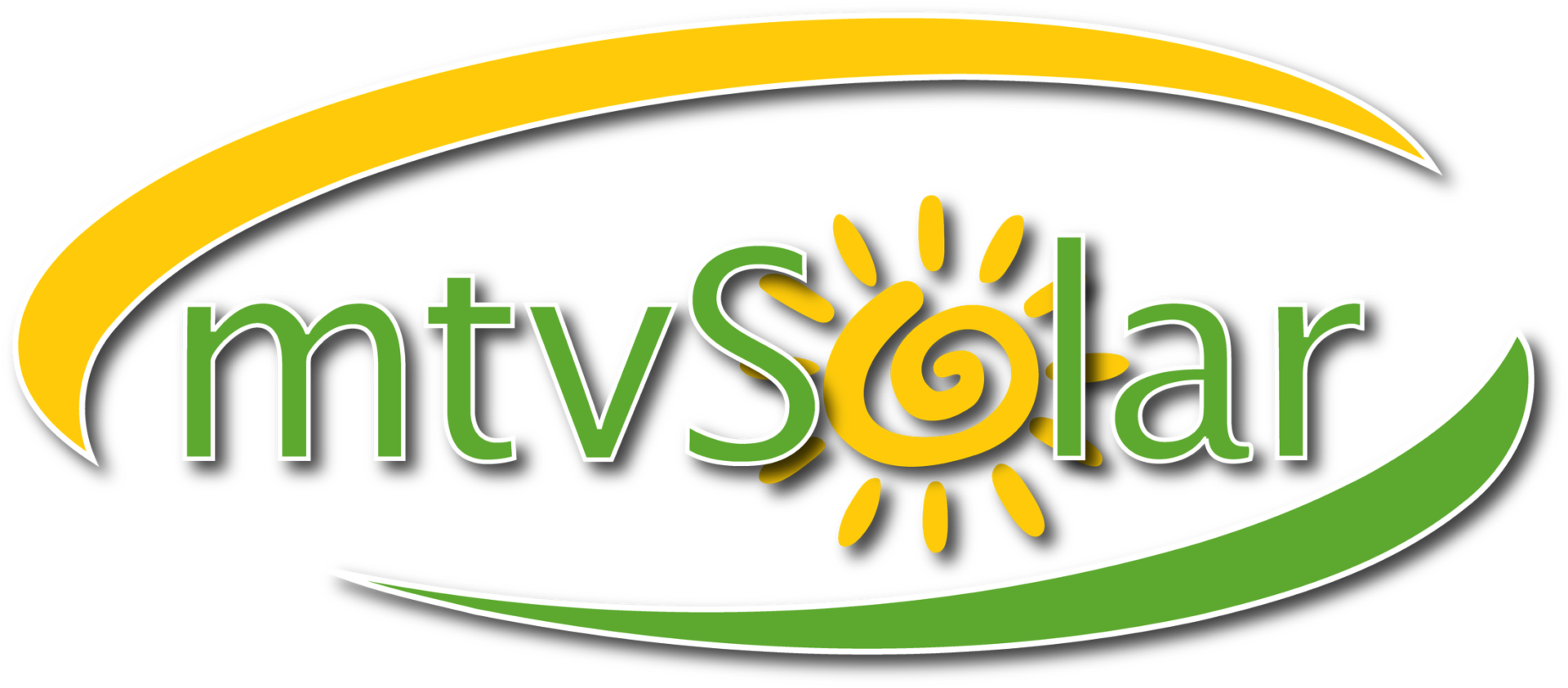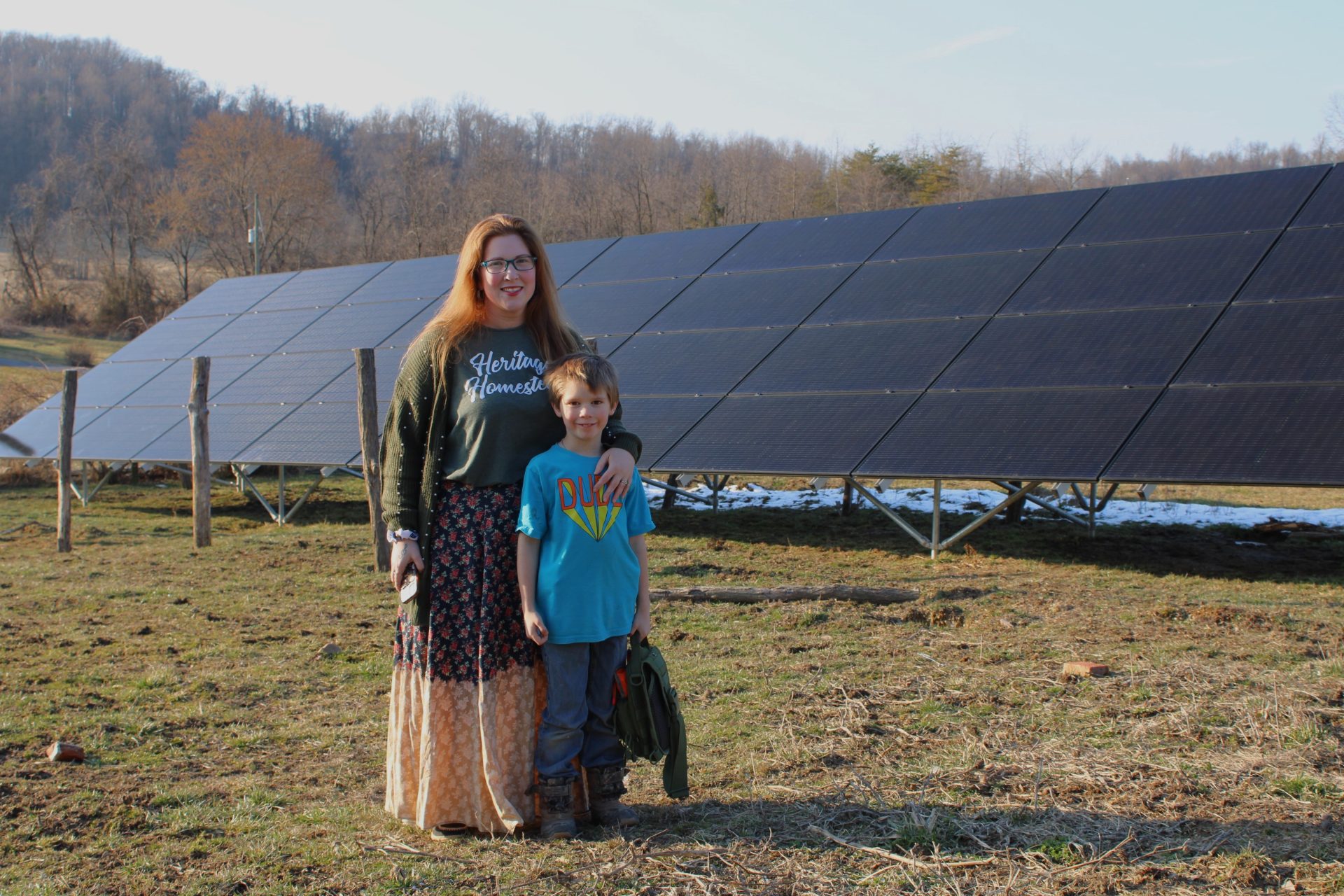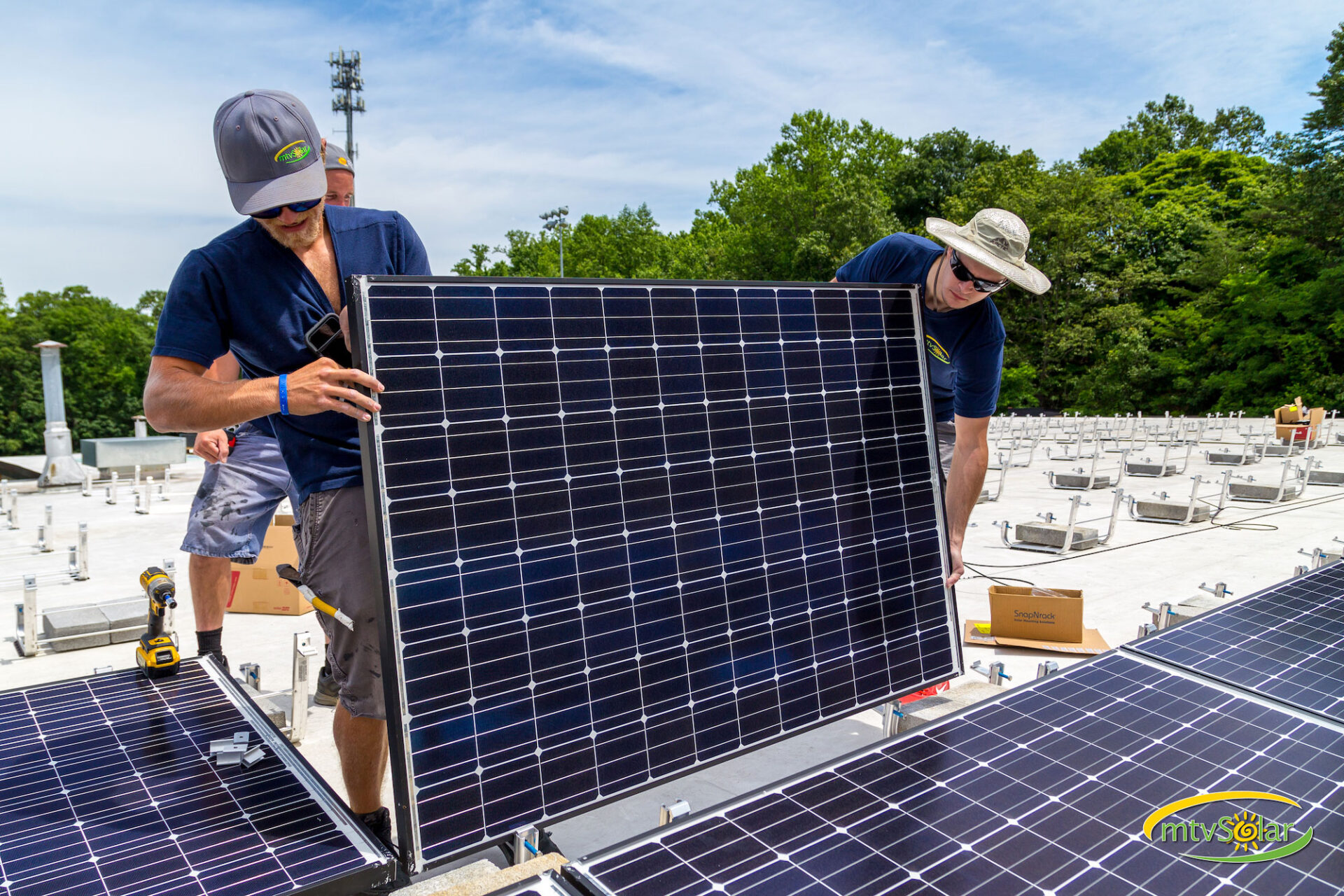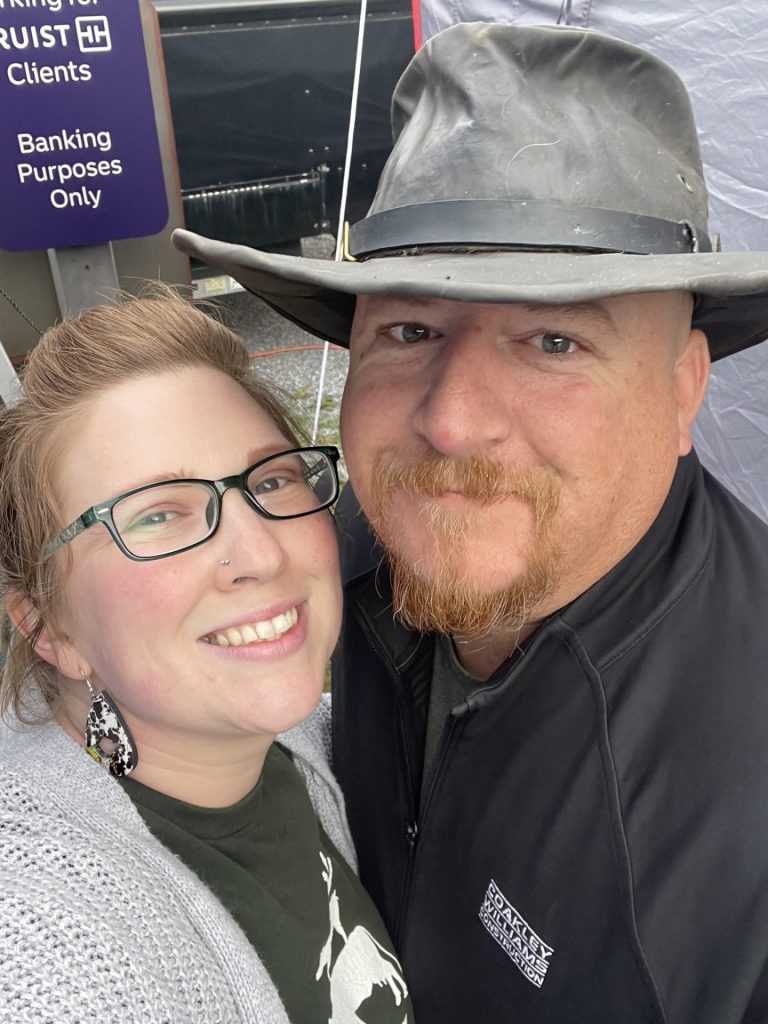
A unique homestead and home-based freeze-drying business in the Back Creek Valley of the Eastern Panhandle of West Virginia has woven together traditional living principles with modern solar technology to power up their journey toward sustainability and self-sufficiency.
Heritage Homestead near Hedgesville is owned and run by Scott and Kathleen Miller, with help from Kathleen’s sister Mary Bowie, and extra hands from the Miller’s four children.
“We’ve partnered with Mountain View Solar to integrate solar energy with battery backup into our operations,” Scott said of the couple’s recent step into solar.
The system includes 60 Tesla solar panels – 40 ground mounted in a grazing field and 20 on the roof of the family’s farmhouse – plus a Tesla Gateway Switch.
“TheTesla Gateway Switch seamlessly allows our entire establishment to run on solar power with battery backup during outages,” said Scott. “During 25 grid down events, the system has provided us with 8 hours of uninterrupted power backup, ensuring continuity of operations.”
“When the power goes out, we don’t feel it,” Kathleen said.
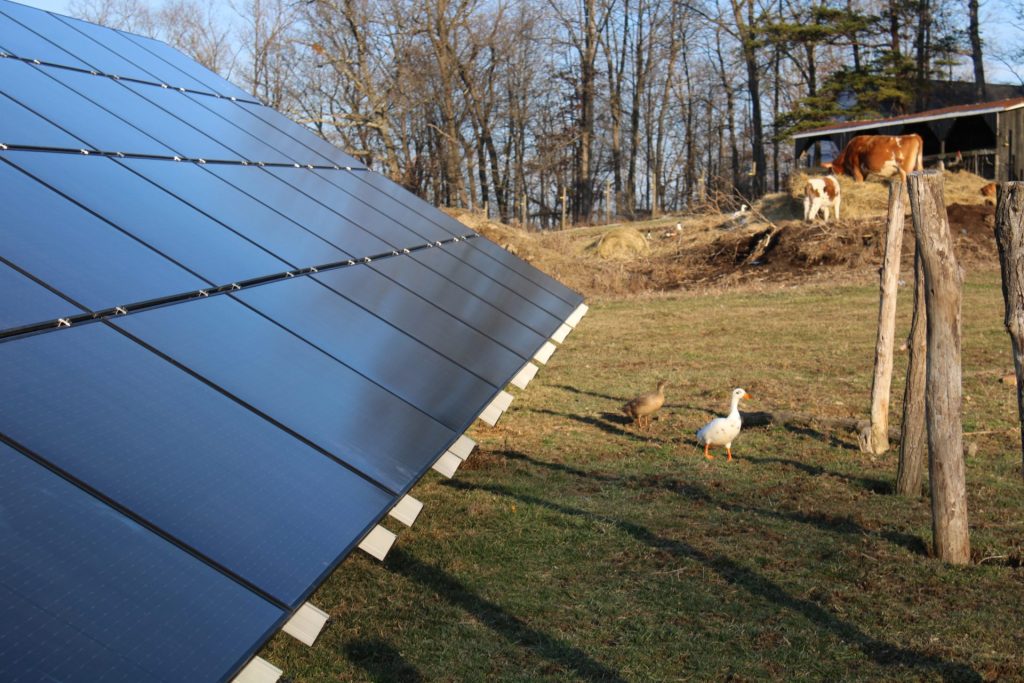
Since the system went active in April of 2023, Heritage Homestead has generated 30.3 megawatts of power.
“With reduced dependency on traditional grid power, we’ve witnessed significant savings in our energy bills,” Scott said.

Those savings add up for the family and their burgeoning business, making and selling freeze-dried fruits, vegetables, cheesecake and ice cream. Products are sold via their website (https://www.heritagehomesteadwv.com/shop) and in regional specialty stores and markets, from Black Dog Coffee in Shenandoah Junction to Orr’s Farm Market in Martinsburg, the Wardensville Garden Market and J.Q. Dickinson Salt-Works in Charleston, W.Va. Kathleen said in just two years, their freeze-dried product line is stocked in all West Virginia State Parks.
The profits from that business “feed the farm,” said Kathleen.
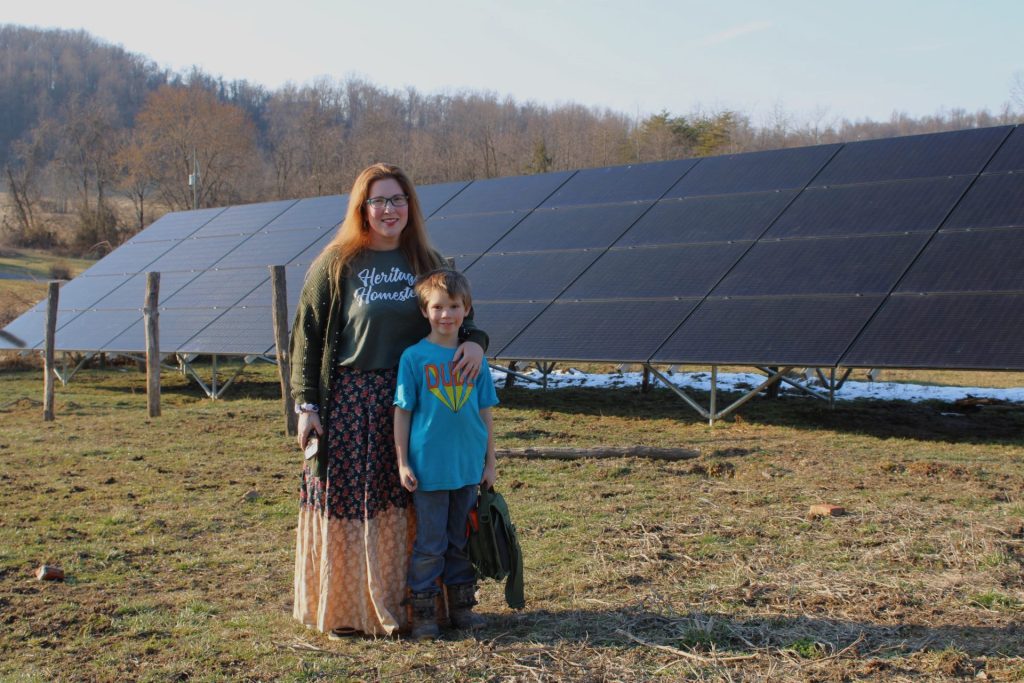
Going solar made sense for their electricity-intensive freeze-drying operation and their rural location, where power outages are a regular occurrence.

“It was the next logical step,” said Kathleen.
Generating their own electricity from the sun on their small farm also aligns with the Miller’s priorities as a family, a homestead and a business.
“Our commitment to sustainable practices resonates with our customers, enhancing brand loyalty and trust in our products,” Scott said. “We’re proud to lead by example in our local community, inspiring others to adopt renewable energy solutions for a brighter, greener future.
“We want to encourage people to be more self-reliant,” said Kathleen.
The couple said going solar has “lined up beautifully” and they generate roughly 86% of their electricity needs.
mtvSolar’s willingness to be creative in designing a system meant Heritage Homestead was able to balance solar panels and battery equipment to fit their budget and expected returns. That’s one reason the Millers recommend mtvSolar to folks who ask about their new solar array.
What’s next on the solar-powered family homestead? A greenhouse to extend their growing season, tending to the food forest that’s maturing in one of their fields and promoting the skills of homesteading for other people who are interested in embracing the lifestyle. There’s a lot to learn, as the farm teaches them every day.


